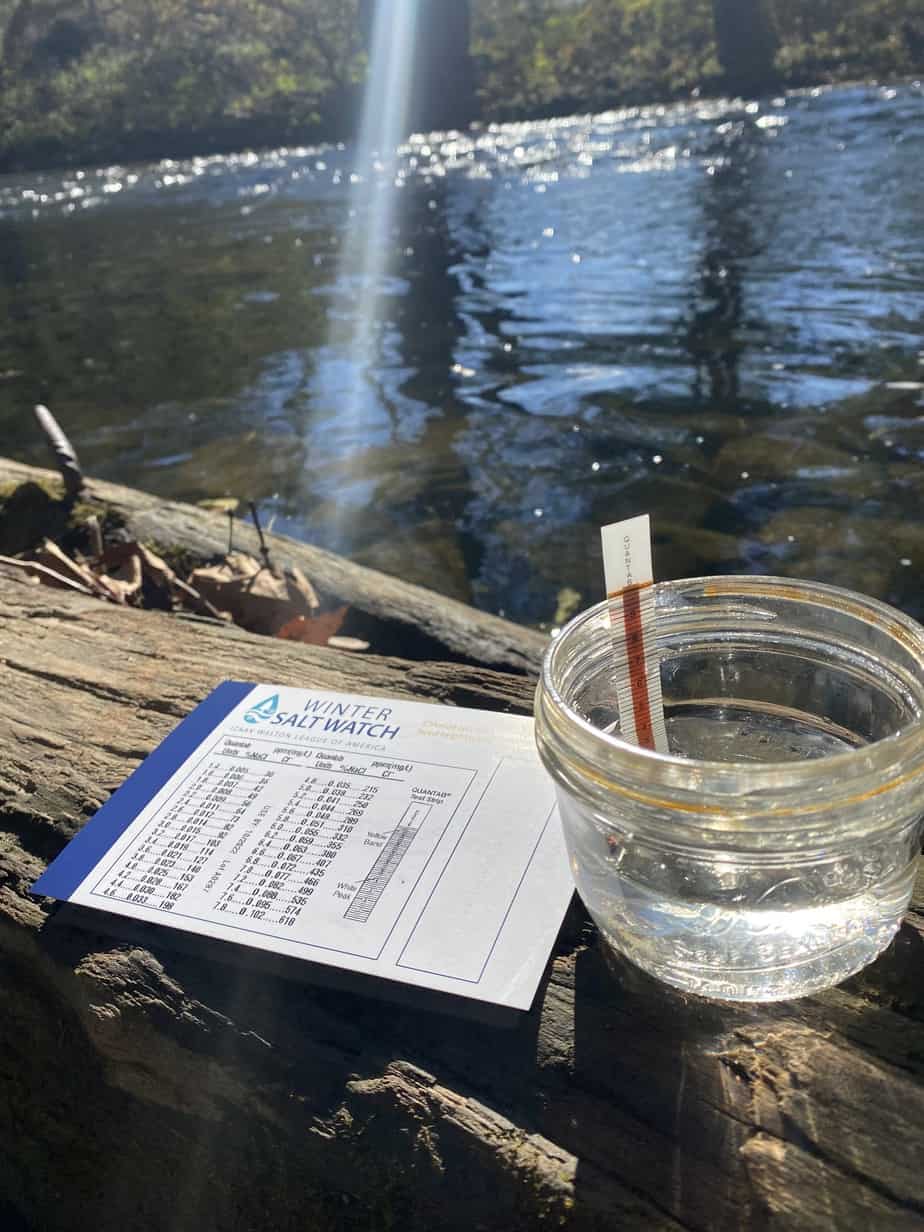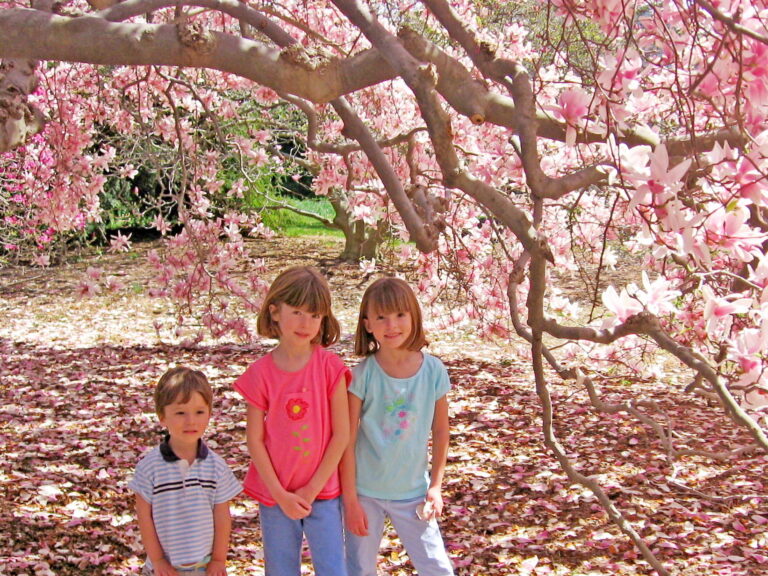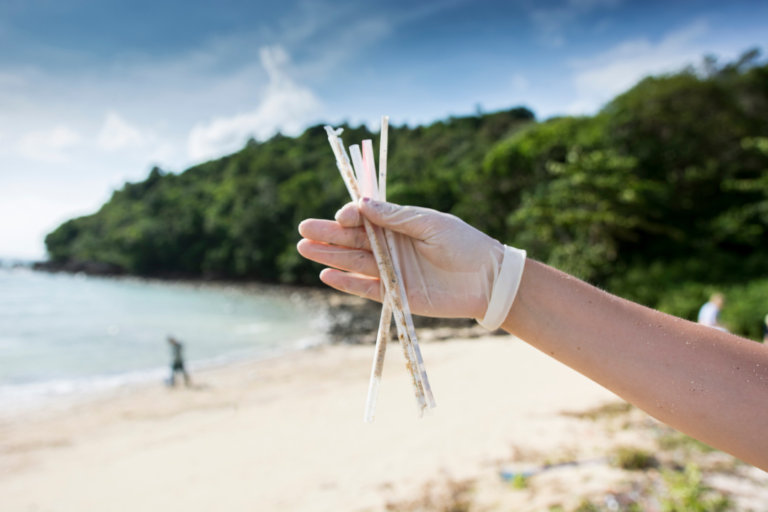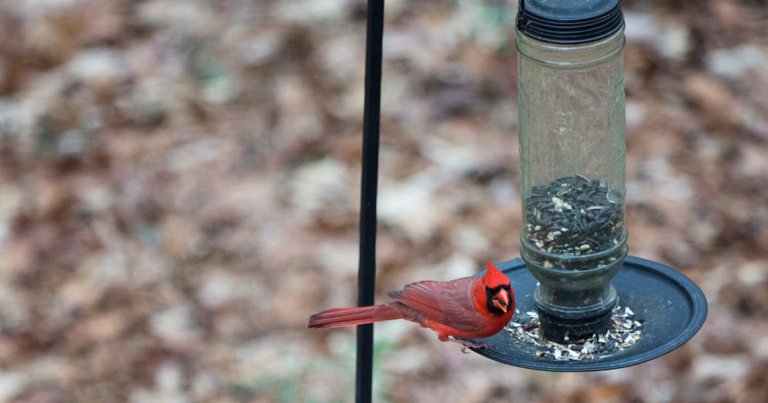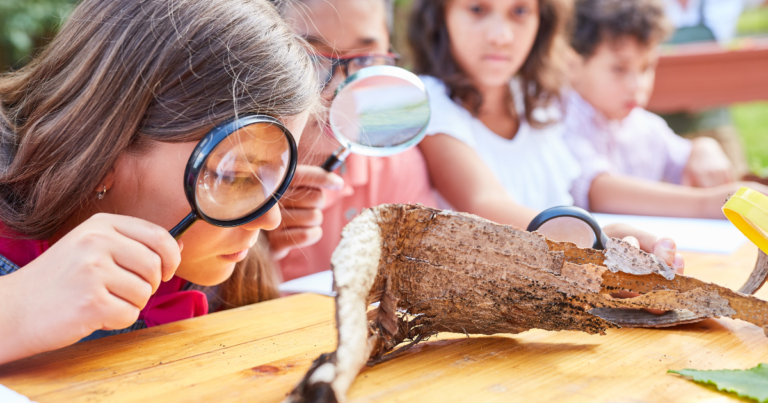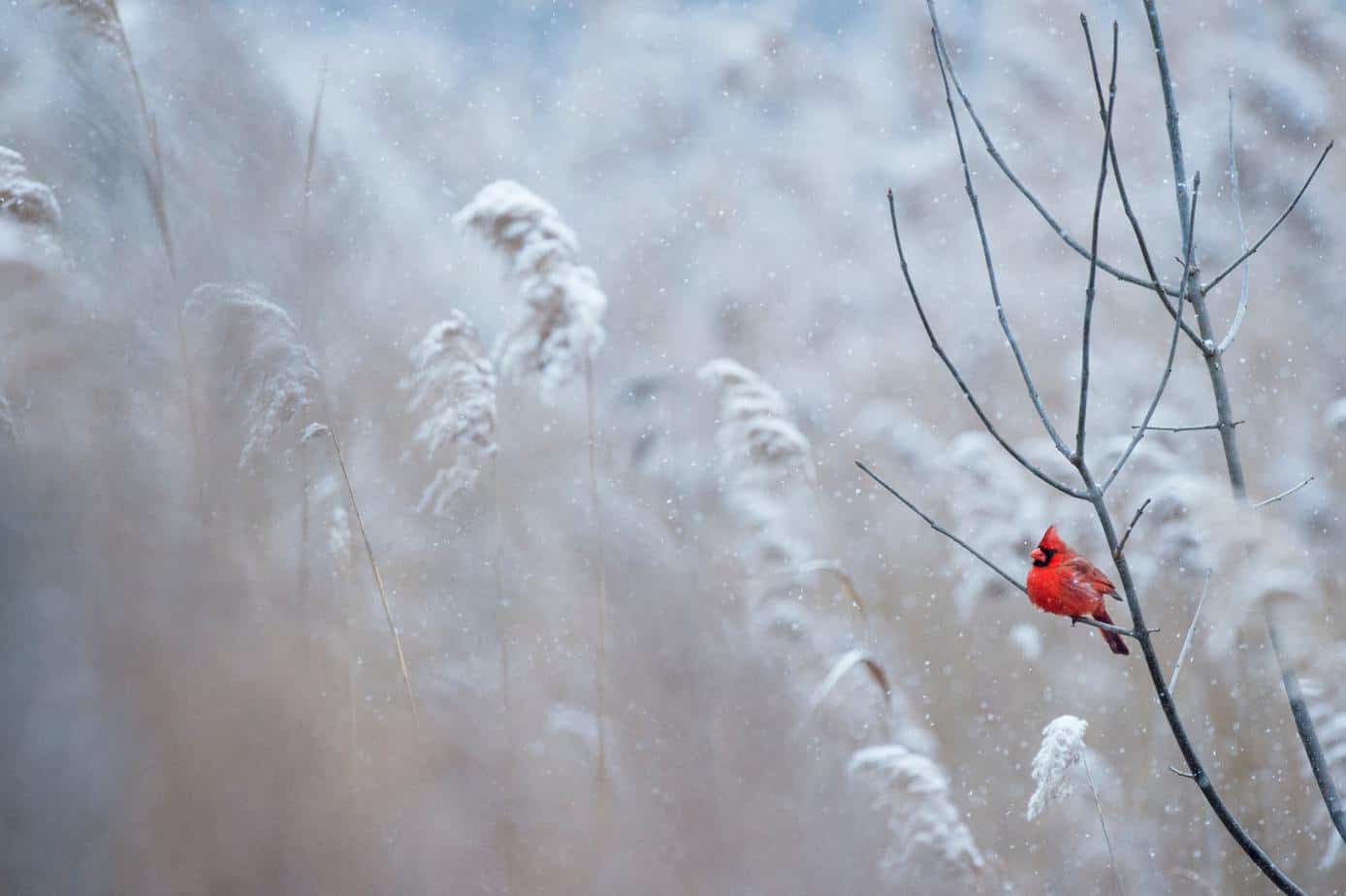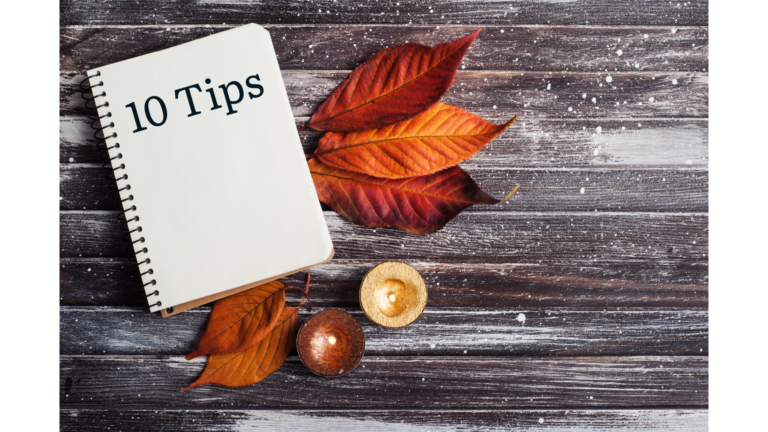Community Science Projects: How to Save the World
Community science projects – Why are they important?
People like you and I aren’t going to solve all the challenges in our environment. But with community science projects, we can help make a difference. Through data collection and analysis, we can help scientists monitor what is going on in our environment. We can help prevent damage caused by climate change, acid rain, air and water pollution. So let’s take a look at the ins and outs of community science and start making a difference in our world!
Why are community science projects becoming more popular?
The basic reason is ready access to the internet and smartphones. Amateurs like you and I now have useful tools and apps that help us study nature and share data. With a little training in how to measure and record, we can produce quality data. In fact, volunteer-based results can be as accurate as those of scientists. How is that possible? Because of the power of numbers! A large group of local volunteers can collect more data in a given spot than a smaller group of paid scientists. And more data means better conclusions. In fact, if you look at worldwide agreements on the environment, community scientists are capable of gathering almost 2/3 of the data scientists want. So the potential for people to make a difference is huge!
Well-known projects are also popular for another reason. The community scientist learns new skills by doing the project. For example, eBird (described below) helps birders develop their own skills. The eBird website provides hot spots of where to find birds, species lists, photos of birds, and more. Therefore, there is a built-in incentive! In a more recent project, scientists want people to track native bees across the United States. So they emphasize how observing bees can help a garden to thrive. Check out Pollinator Live for more details.
What are some well-known community science projects?
eBird
Possibly the best example of a successful project is eBird. The Cornell Lab of Ornithology runs this program. Since launching in 2002, birders have submitted 51 million complete bird checklists. In fact, scientists published 93 papers in 2020 alone based on eBird data (Bonner, 2021; see eBird.org). Scientists use e-bird data for keeping track of species, protecting habitats, and shaping law and policy.
Get started with eBird! Download the free eBird app (eBird for Apple, eBird for Android). One community science project we’ve loved that is great to pair with the eBird app is described in our blog, Audubon’s Christmas Bird Count!
iNaturalist
You can also help through iNaturalist. Overall, one million people have registered to observe and enter data about multiple taxa! You can get started too, either on the website or with the free app (iOS, Android).
Nature’s Notebook
Finally, Nature’s Notebook encourages people to track seasonal changes in plant and animal groups across the United States. You can set up an account on the website or app, and then choose plant and animal species to observe over time (iOS, Android). In fact, you can easily pair the Nature’s Notebook with your seasonal watershed visits! So check out our blog, Winter Salt Watch, for more info on winter community science opportunities!
How do you suggest I get started with community science?
Here are some great ways :
- Browse some of the popular sites to get ideas. For example, try eBird, iNaturalist, and Nature’s Notebook to start.
- Head over to our A Year Full of Family Friendly Community Science Experiences Hub. We describe grab and go projects for every single month of the year!
- Download our FREEBIE, “9 Hands-on Community Science Projects“.

